Ruins of St Dominic's Catholic Church
On a dusty county road sit the ruins of a ghost town's abandoned church.
The town of D’Hanis was the third settlement founded by Henri Castro, a Alsatian employee of the Texas Congress charged with populating the desert with European immigrants. He named the village after one of his top employees upon its groundbreaking in 1847. It was inhabited by a just few dozen families in mesquite shacks.
As the town grew the shacks were replaced by European-style stone buildings. A post office and a schoolhouse made it a real town. The church of Saint Dominic was built, and priests from another of Castro’s settlements held mass there.
D’Hanis wasn’t quite substantial enough to be included as a railroad stop though. When the newly laid tracks skipped over D’Hanis, residents picked up and moved closer to the tracks. The new D’Hanis just a mile and a half away, centered around a railroad depot.
The only thing that remained in Old D’Hanis was Saint Dominic’s Catholic Church. Churchgoers continued to attend mass there until a fire ravaged the old building in 1912. In 1915 new church was built closer to town and the ruins of Saint Dominic’s were left behind.
Little is left of Old D’Hanis aside from the ruins. The history of the town might be lost to time if not for the cemetery attached to the church, in which D’Hanis’ original settlers are interred. The grave markers themselves are French-German in style, and the epitaphs, though difficult to read, tell much about the people who lived in Old D’Hanis.
Alexander Bohemia Hoffman’s gravestone reads, “Killed by Indians in Uvalde County;” Mary Anne Rudinger’s sadly states hers was “The first death upon arrival of settlers at Dhanis May 25, 1847 Carrying smaller children over streams she became ill and died on above date.”
New D’Hanis is still small, with a population of 550 or so. The ruins of Saint Dominic Catholic Church and the D’Hanis Cemetery are part now of the D’Hanis Historic District. The district was added to the National Register of Historic Places on June 24, 1976.
Know Before You Go
Accessible by personal vehicle only. Very rural location.

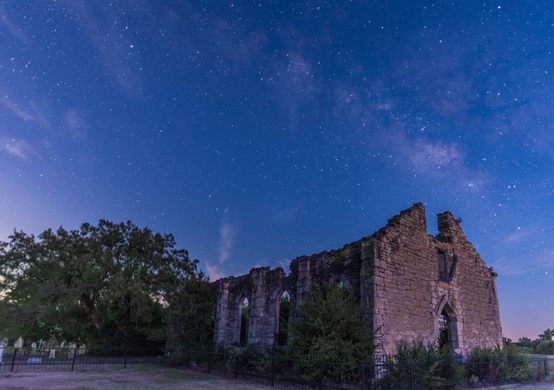
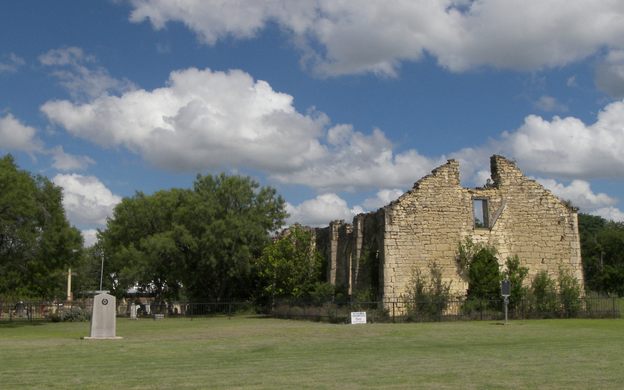




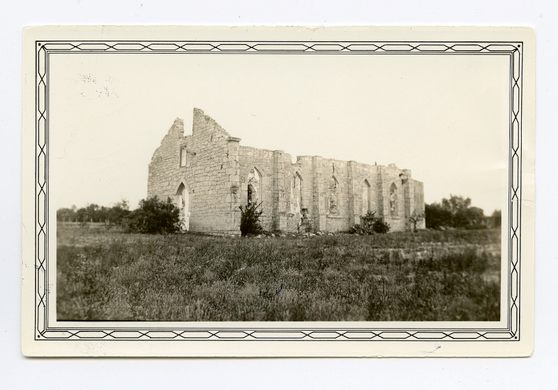

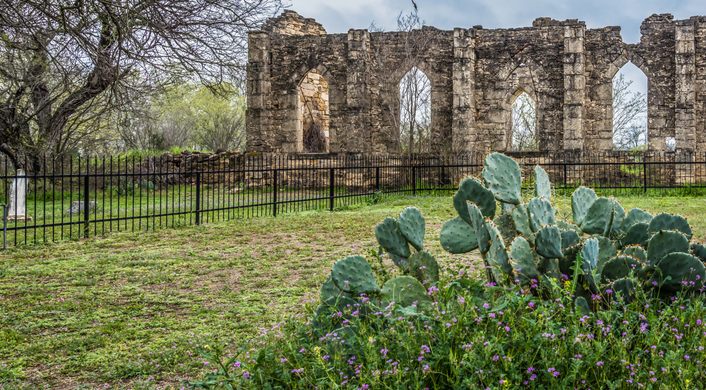
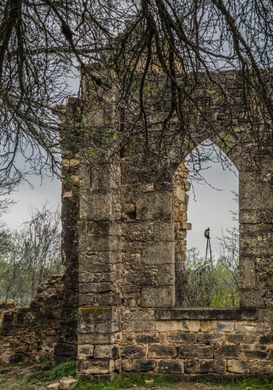
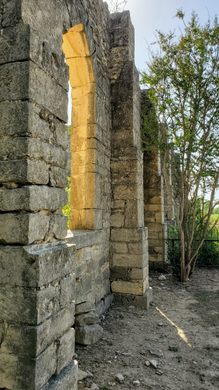
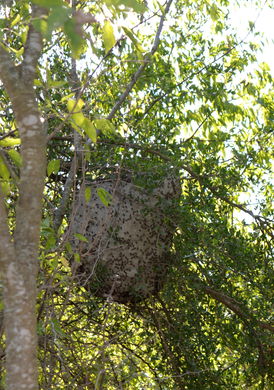

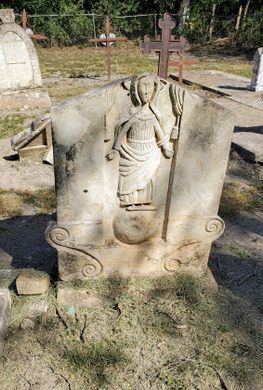
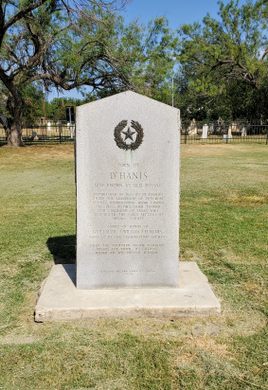

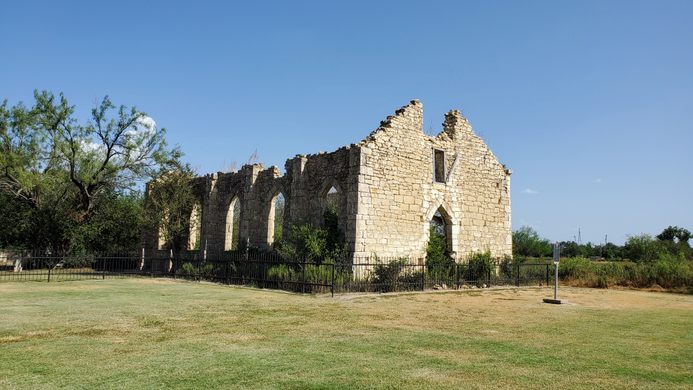

















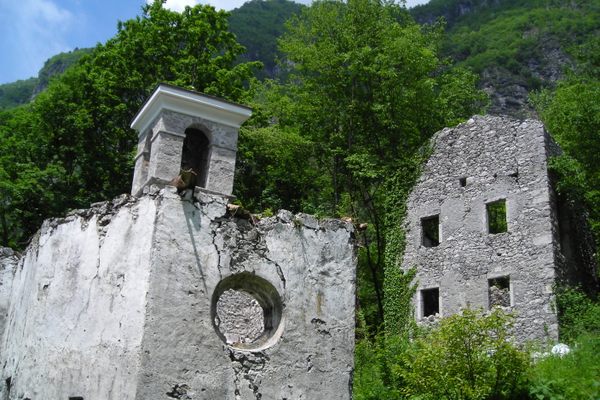
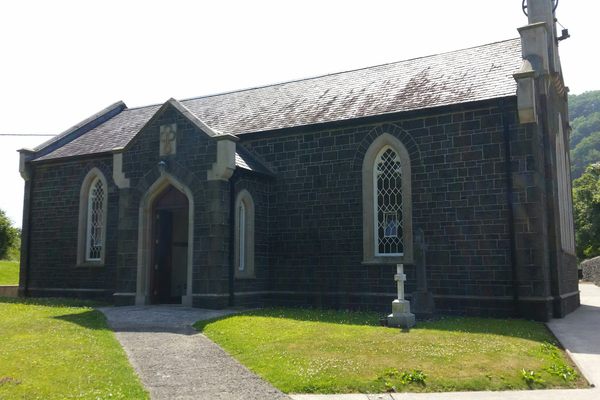


Follow us on Twitter to get the latest on the world's hidden wonders.
Like us on Facebook to get the latest on the world's hidden wonders.
Follow us on Twitter Like us on Facebook